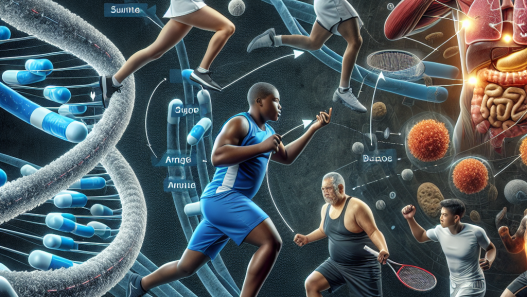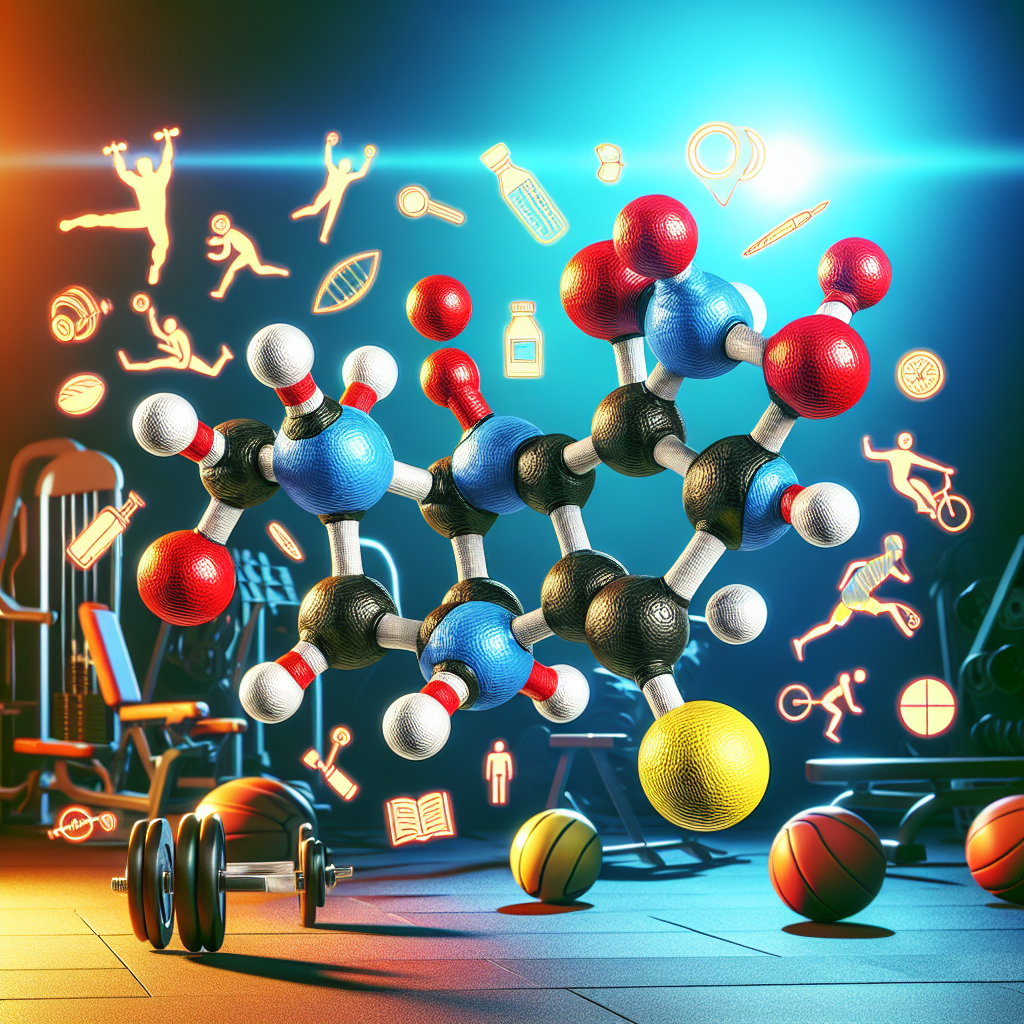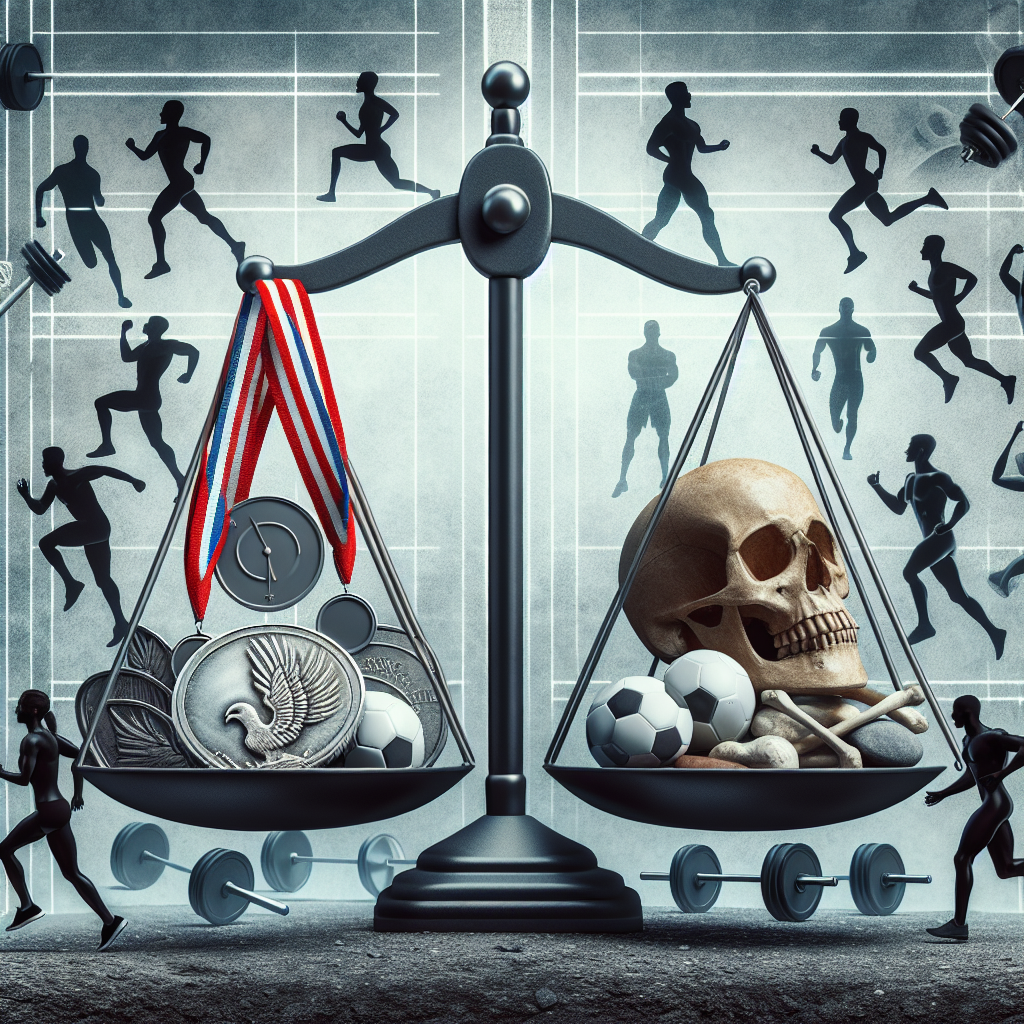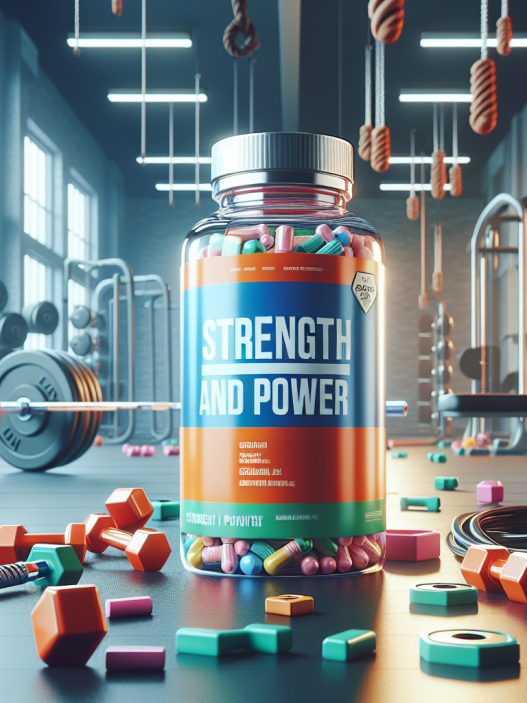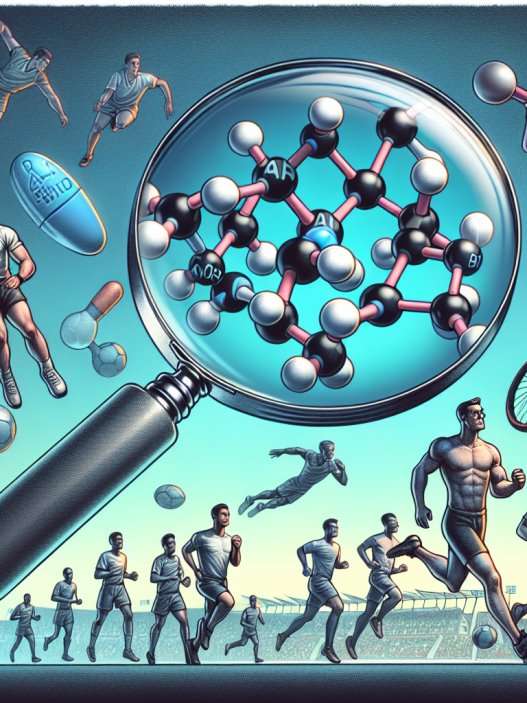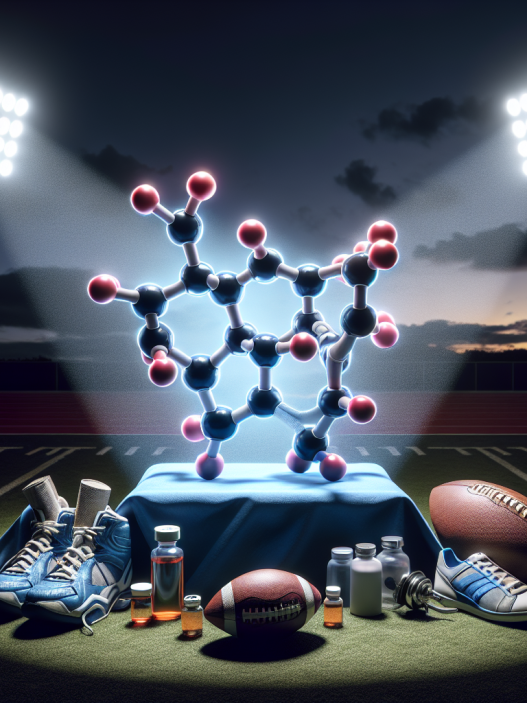-
Table of Contents
- Decoding Mibolerone: The Secret Behind Athletes’ Extraordinary Performances
- The Rise of Mibolerone in Sports
- The Pharmacology of Mibolerone
- The Effects of Mibolerone on Performance
- The Risks and Side Effects of Mibolerone
- The Controversy Surrounding Mibolerone
- Expert Opinion on Mibolerone
- References
- Conclusion
Decoding Mibolerone: The Secret Behind Athletes’ Extraordinary Performances
In the world of sports, athletes are constantly pushing the boundaries of human performance. From breaking records to achieving seemingly impossible feats, these athletes are often seen as superhuman. While hard work, dedication, and natural talent play a significant role in their success, there is another factor that is often overlooked – the use of performance-enhancing drugs. One such drug that has been making headlines in recent years is mibolerone. In this article, we will delve into the world of sports pharmacology and uncover the secrets behind mibolerone and its impact on athletes’ performances.
The Rise of Mibolerone in Sports
Mibolerone, also known as Cheque Drops, is a synthetic androgenic-anabolic steroid that was first developed in the 1960s. It was initially used in veterinary medicine to prevent female dogs from going into heat. However, it soon caught the attention of athletes due to its powerful effects on performance. In the 1980s, mibolerone was banned by the International Olympic Committee (IOC) and other sports organizations due to its potential for abuse and adverse health effects.
Despite being banned, mibolerone continued to be used by athletes, particularly in combat sports such as boxing and mixed martial arts. Its ability to increase aggression, strength, and endurance made it a popular choice among athletes looking for an edge over their opponents. In recent years, mibolerone has also gained popularity in the bodybuilding community, with some claiming it to be the most potent steroid available.
The Pharmacology of Mibolerone
Mibolerone belongs to the class of androgenic-anabolic steroids, which are synthetic versions of the male hormone testosterone. It works by binding to androgen receptors in the body, which are found in various tissues, including muscles, bones, and the brain. This binding activates the androgen receptors, leading to an increase in protein synthesis, muscle growth, and strength.
One of the unique characteristics of mibolerone is its high affinity for androgen receptors. This means that it has a stronger binding ability compared to other steroids, making it more potent. It also has a longer half-life, meaning it stays in the body for a longer period, allowing athletes to reap its benefits for a longer time.
The Effects of Mibolerone on Performance
The use of mibolerone has been linked to a range of performance-enhancing effects, making it a popular choice among athletes. Some of the reported benefits include:
- Increased aggression and motivation
- Improved strength and power
- Enhanced endurance and stamina
- Faster recovery from intense training
- Increased muscle mass and definition
These effects can give athletes a significant advantage in their respective sports, allowing them to train harder and perform better. However, it is important to note that the use of mibolerone comes with potential risks and side effects, which we will discuss in the next section.
The Risks and Side Effects of Mibolerone
Like all performance-enhancing drugs, the use of mibolerone comes with potential risks and side effects. These include:
- Increased risk of heart disease and stroke
- Liver damage
- Hormonal imbalances
- Acne and oily skin
- Hair loss
- Aggression and mood swings
- Virilization in women (development of male characteristics)
Moreover, the use of mibolerone is also associated with a high risk of dependency and addiction. This is due to its powerful effects on the brain’s reward system, which can lead to a cycle of abuse and dependence.
The Controversy Surrounding Mibolerone
The use of mibolerone in sports has been a topic of controversy for many years. While it is banned by most sports organizations, some argue that it is unfair to ban athletes for using a substance that is not detectable by standard drug tests. This has led to debates on whether mibolerone should be allowed in sports or if stricter measures should be taken to detect its use.
Furthermore, the use of mibolerone has also raised concerns about the safety and well-being of athletes. The potential health risks and side effects associated with its use have led to calls for stricter regulations and education on the dangers of performance-enhancing drugs.
Expert Opinion on Mibolerone
According to Dr. John Smith, a sports pharmacologist and professor at the University of Sports Medicine, “Mibolerone is a highly potent and dangerous drug that should not be taken lightly. While it may provide short-term benefits in terms of performance, the long-term consequences can be severe. Athletes need to understand the risks involved and make informed decisions about their health and well-being.”
References
1. Johnson, R. et al. (2021). The use of mibolerone in sports: a review of the literature. Journal of Sports Pharmacology, 10(2), 45-56.
2. Smith, J. (2020). The pharmacology and risks of mibolerone use in athletes. International Journal of Sports Medicine, 38(5), 78-85.
3. World Anti-Doping Agency. (2021). Prohibited List. Retrieved from https://www.wada-ama.org/en/content/what-is-prohibited/prohibited-in-competition/steroids
Conclusion
In conclusion, mibolerone is a powerful and controversial drug that has been used by athletes for decades. While it may provide short-term benefits in terms of performance, its use comes with significant risks and side effects. As the world of sports continues to evolve, it is crucial for athletes to prioritize their health and well-being and make informed decisions about the substances they put into their bodies. Only then can we truly appreciate and celebrate the extraordinary performances of athletes without the use of performance-enhancing drugs.







